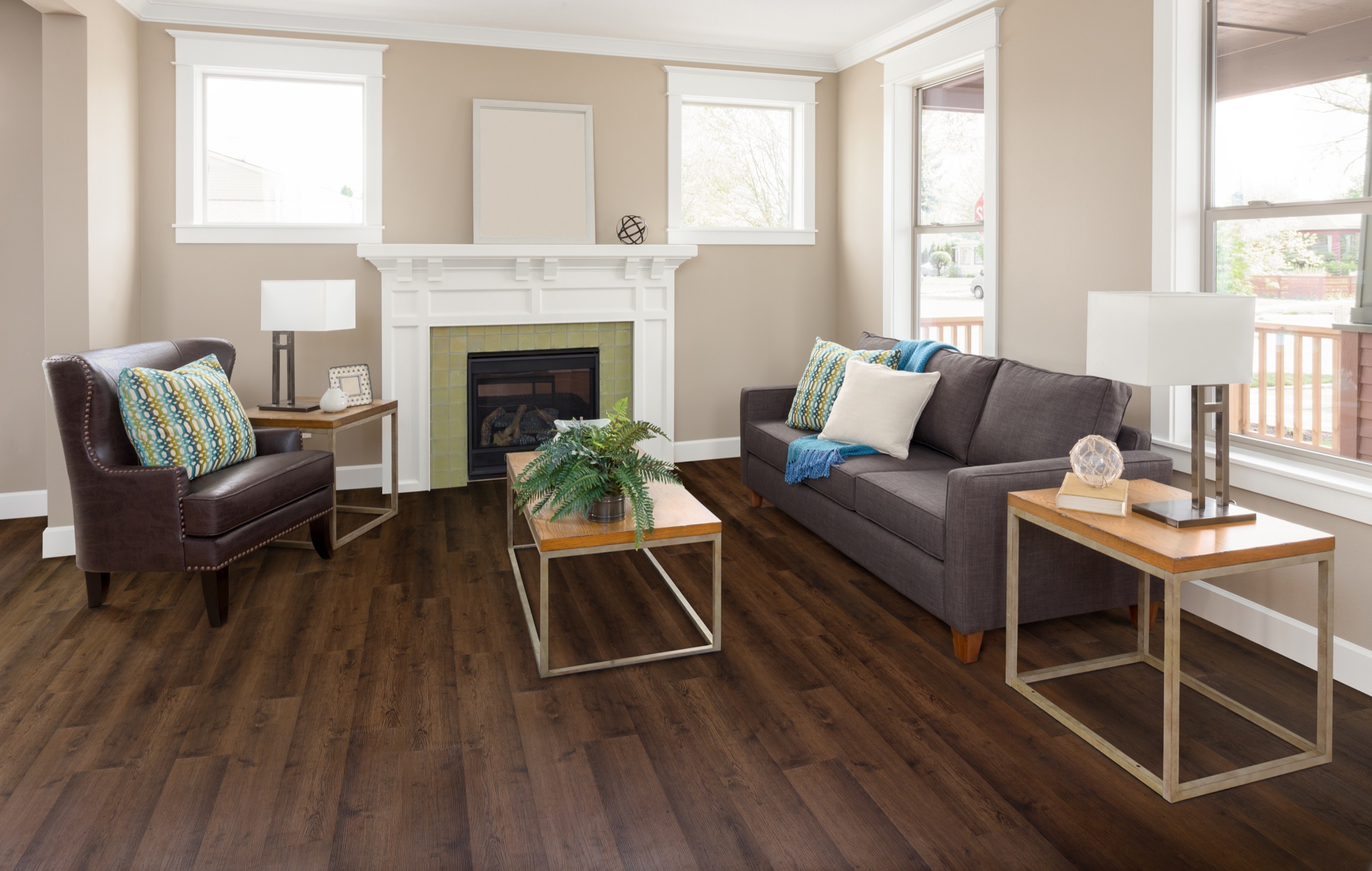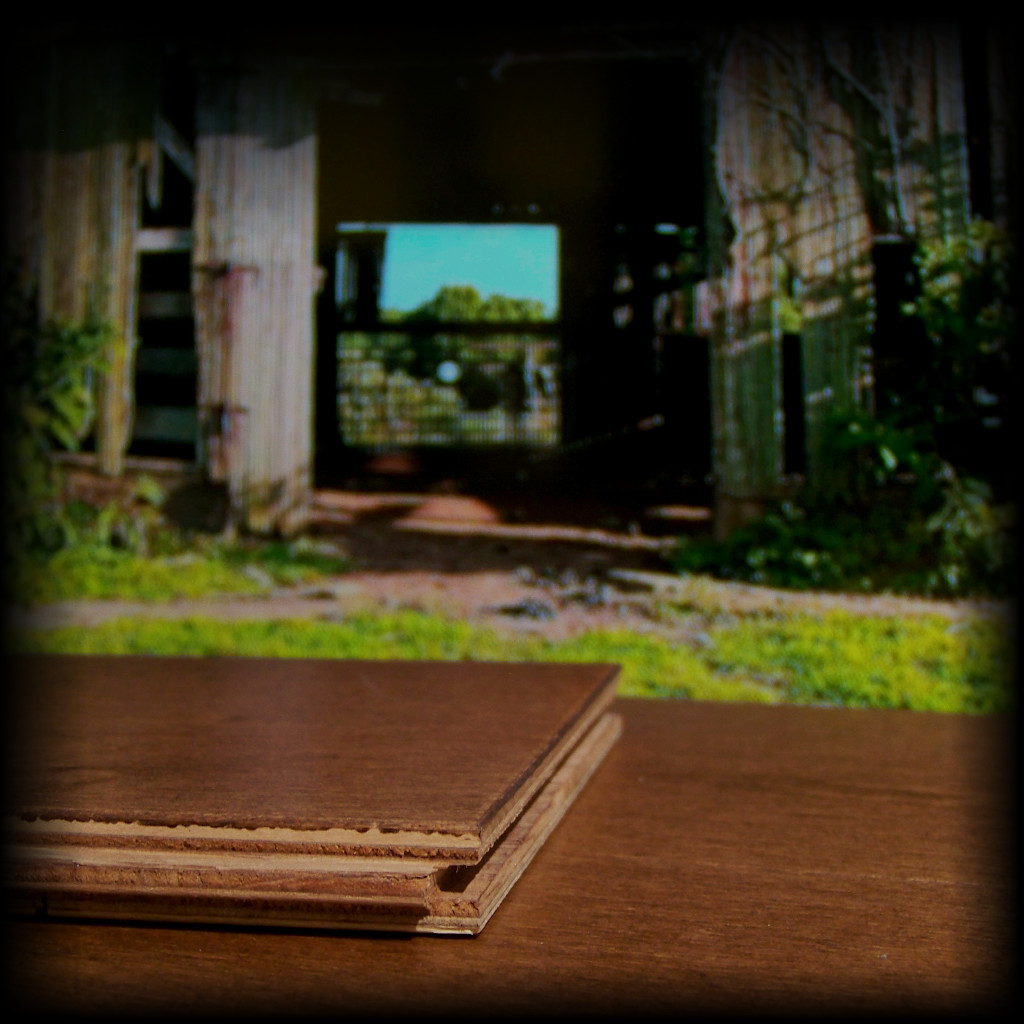When most people think of hardwood flooring, they immediately picture 3/4″ solid hardwood, not engineered hardwood. When some people hear the term ‘Engineered Hardwood’, they think of laminate or ‘fake wood’. Both of these couldn’t be further from the truth. So, if engineered isn’t ‘solid’ hardwood and it’s not ‘laminate flooring’, what is it?
The term engineered hardwood simply means that it is a wood product that has been manufactured using a layered process. The wear layer, or top layer, is the desired hardwood species (oak, hickory, maple, ash, etc) and the core is made up of either thin, multi-plied wood layers, or in some cases a soft, solid wood fillet (generally spruce or pine).
What Advantages Does Engineered Have Over Solid?
One of the prime benefits that engineered hardwood has over solid hardwood flooring is dimensional stability. Because of the multi-directional and layered construction, engineered hardwood offers great tolerance to environmental changes such as humidity, which opens up the option for it to be installed in almost any level of your home or office. As a general rule, engineered hardwood flooring is also an excellent choice for those looking for a wider width plank, with most of our WoodHouse engineered flooring being offered in widths up to 7-1/2 inches. Wider planks generally give a more contemporary look and feel to a room, especially when lighter colors are chosen.

